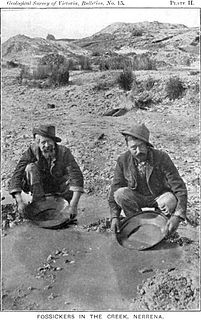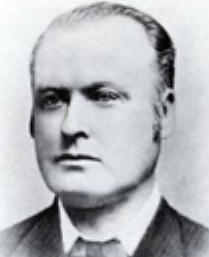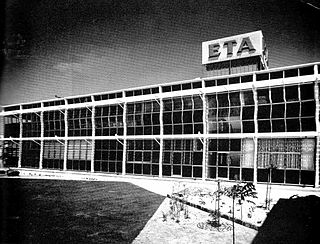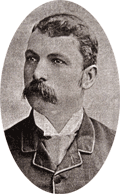| James Kittson | |
|---|---|
| Member of the Victorian Legislative Council for Ballarat | |
| In office 15 June 1946 –20 June 1952 Servingwith Alfred Pittard and Herbert Ludbrook | |
| Preceded by | George Bolster |
| Succeeded by | Jack Jones |
| Personal details | |
| Born | 26 November 1891 Greenwald, Victoria |
| Died | 17 October 1971 (aged 79) Ballarat, Victoria |
| Political party | Liberal Party |
| Military service | |
| Allegiance | Australia |
| Service/branch | Australian Imperial Force |
| Years of service | 1914–1919 |
| Rank | Lieutenant |
| Unit | 8th Battalion |
| Battles/wars | First World War |
| Awards | Military Medal |
James Frederick Kittson MM (26 November 1891 – 17 October 1971) was an Australian politician.

The Military Medal (MM) was a military decoration awarded to personnel of the British Army and other arms of the armed forces, and to personnel of other Commonwealth countries, below commissioned rank, for bravery in battle on land. The award was established in 1916, with retrospective application to 1914, and was awarded to other ranks for "acts of gallantry and devotion to duty under fire". The award was discontinued in 1993 when it was replaced by the Military Cross, which was extended to all ranks, while other Commonwealth nations instituted their own award systems in the post war period.
He was born in Greenwald to farmer John Frederick Kittson and Marion Remfry. He attended state school at Heywood and worked briefly at the Boolarra Butter Factory before serving in the 8th Battalion during the First World War. He was awarded the Military Medal. After the war, he became secretary of the Cobden Butter Factory, and from 1919 business manager for the Wallace Millbrook and Buninyong Butter Company. On 21 August 1915 he had married Minnie Birch, with whom he had one son. He became director of the butter company in 1942. In 1946 he was elected to the Victorian Legislative Council for Ballarat Province, representing the Liberal Party. He was defeated in 1952. Kittson retained the directorship of his company until his retirement in 1970, and died at Ballarat in 1971. [1]

Heywood is a town on the Fitzroy River in the Australian state of Victoria. It is situated at an elevation of 27 metres amidst rolling green hills in an agricultural, pastoral and timbercutting district. Heywood is 357 kilometres (222 mi) west of Melbourne at the intersection of the Princes and Henty Highways and 27 kilometres (17 mi) north of Portland. It is on the railway line to Portland, at the junction of the presently-unused branch to Mount Gambier, South Australia. The winner of several past “Tidy Town” awards, it is often referred to as the “Jewel Of The Southwest”

The 8th Battalion was an infantry battalion of the Australian Army. Initially raised in 1914 for the First Australian Imperial Force during the First World War the battalion was completely recruited from Victoria and formed part of the 2nd Brigade, 1st Division. During the war it fought at Gallipoli and in France and Belgium on the Western Front. It was disbanded in 1919, before being re-raised as a Militia battalion in 1921. During the Second World War the 8th Battalion was used primarily as a garrison unit before taking part in the Bougainville campaign late in the war. It was disbanded again in 1946 during the demobilisation process, although it was reformed again in 1948 when it was amalgamated with the 7th Battalion. Today, its honours and traditions are perpetuated by the 8th/7th Battalion, Royal Victoria Regiment.

The Victorian Legislative Council (VLC) is the upper house of the bicameral Parliament of Victoria, Australia; the lower house being the Legislative Assembly. Both houses sit at Parliament House in Spring Street, Melbourne. The Legislative Council serves as a house of review, in a similar fashion to its federal counterpart, the Australian Senate. Although it is possible for legislation to be first introduced in the Council, most bills receive their first hearing in the Legislative Assembly.





